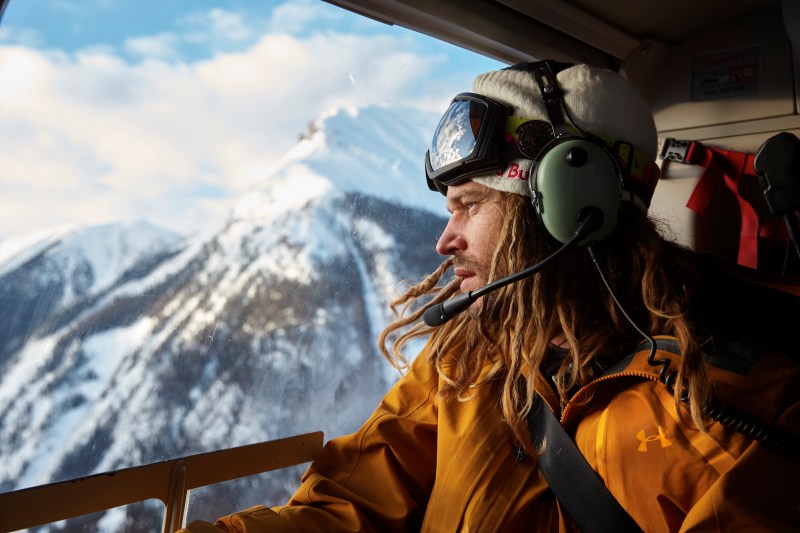- 1. Under Armour
- 2. Under Armour Nimbus Jacket
- 3. Under Armour Base 4.0 Leggings
- 4. Under Armour Turing Jacket
Winter is upon us. For those of us that worship at the altar of the Snow Gods, this in-between seasons time is one of anticipation as we carefully watch weather forecasts, tune skis, and update gear. Every snow flurry brings hope that opening day at our favorite ski resorts will be that much closer. This year, we’ve carefully researched the best gear, found new trends in the industry, and discovered what will become favorite innovations. Stay tuned as we unroll our Ski Season Preview.
Under Armour’s push into winter action sports has been quietly growing for a few seasons. This year though, their completely redesigned line is redefining the entire Under Armour Mountain brand. They have rebuilt winter focused apparel from the skin out, and the results are a set of top notch base, mid, and outer layers for every skier and rider on the mountain. We’ve had a few of this year’s new pieces for some early season testing ski touring in the Wasatch Mountains. Read on for our top picks.
Related: Ski Season Preview: Salomon | Ski Season Preview: Voormi
Nimbus Jacket
The Nimbus is Under Armour’s flagship ski jacket. Built with the venerable GORE-TEX Pro membrane and face fabric, this shell will keep you dry in the very worst conditions. Design touches like chest vents help you thermoregulate – we found these to be much more efficient than typical armpit vents. The hood also has a expansion zipper so it will fit snug with our without a ski helmet on. The cut is generous enough that you’ll be able to wear a good down jacket under it without sacrificing any mobility.
Baselayer System
The entire cold weather base layer system is built with changing temperatures and environments in mind. It is also easy to navigate; A simple ascending scale tells you what level is the warmest, with Base 4.0 at the top. This top and bottom feature a grid fleece interior that not only traps warm air next to your skin, but give your more surface area for moisture wicking, keeping you dry on that hike out of bounds. These are our favorite for any day on the ski hill.
Turing Jacket
Featuring a down-synthetic blend of insulation, the Turing is at home on the commute to your favorite ski resort as it is on the subway or drive in to the office. The outer fabric is treated with Under Armour’s Storm DWR treatment, helping it shed light rain and snow. The interior has a specially designed infrared coating that absorbs and reflects body heat incredibly efficiently. As an added bonus, the Turing packs into its own left hand pocket, so you can throw it in your pack to have no matter where you’re headed.






